Enhancing Legal Document Analysis with NLP | Optimize Compliance & Research
AI
5 MIN READ
April 29, 2025
![]()
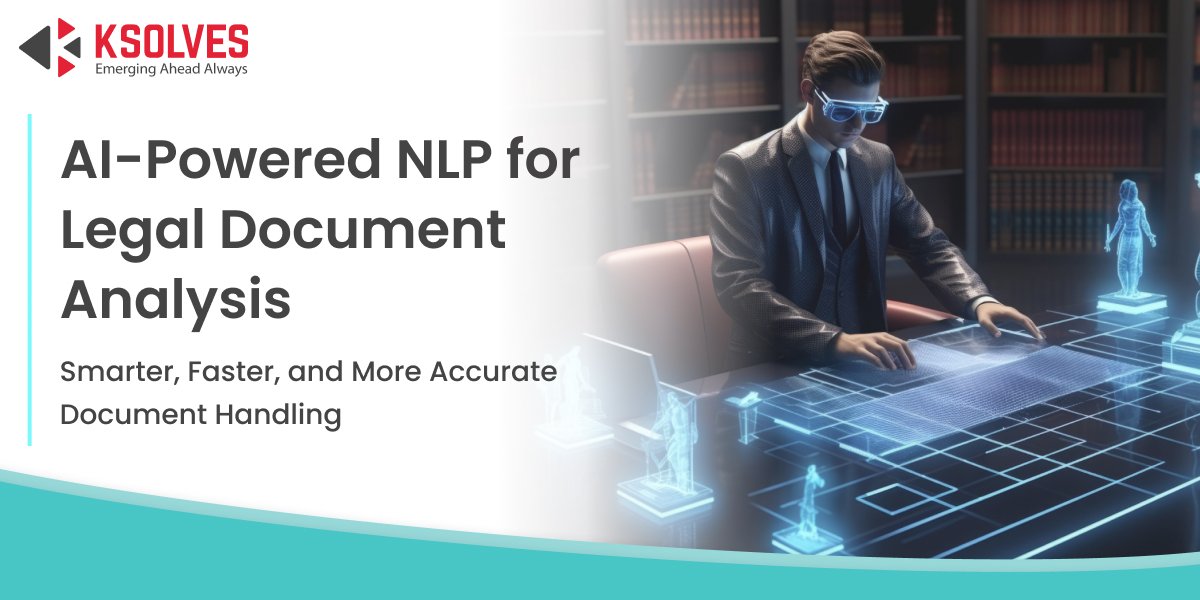
The legal industry manages a large volume of complex documents daily, including contracts, case files, regulatory texts, and compliance reports. Traditional manual review processes are not only slow but also susceptible to human error, which results in inefficiencies and increased risks. Natural Language Processing (NLP), a branch of artificial intelligence, is transforming how legal professionals analyze documents by automating text interpretation, extraction, and summarization.
By integrating Natural Language Processing services, law firms, corporate legal teams, and compliance departments can significantly enhance accuracy, reduce operational costs, and accelerate decision-making.
This blog explores the challenges in legal document analysis, how NLP addresses them, real-world applications, and why Ksolves is the ideal partner for implementing AI-driven legal solutions.
The Challenges in Legal Document Analysis
Legal professionals face several critical challenges when manually processing large volumes of legal texts like:
-
Time-Consuming Manual Review
Legal teams spend countless hours reviewing contracts, case laws, and regulatory documents. This manual process is not only tedious but also delays critical decision-making. For instance, a single merger and acquisition (M&A) deal may involve hundreds of pages of contracts that require meticulous scrutiny. Automating this process with NLP can cut review time from days to minutes, allowing lawyers to focus on strategic tasks.
-
Risk of Human Errors
Manual document analysis is susceptible to oversight, especially when dealing with complex legal jargon. Missing a critical clause in a contract or misinterpreting compliance requirements can lead to costly litigation or regulatory penalties. NLP minimizes these risks by systematically extracting and flagging key terms, obligations, and inconsistencies.
-
Increasing Regulatory Complexity
Laws and compliance standards are constantly evolving across jurisdictions. Keeping track of updates in GDPR, CCPA, or industry-specific regulations necessitates continuous monitoring. NLP-powered tools can automatically scan and compare regulatory changes with existing policies, ensuring organizations remain compliant without manual intervention.
-
High Volume of Unstructured Data
Legal documents are often unstructured, making it difficult to extract relevant information using traditional keyword searches. NLP goes beyond simple text matching by understanding context, semantics, and relationships between clauses, enabling more accurate and efficient analysis.
How Natural Language Processing Improves Legal Document Analysis
Natural Language Processing leverages AI to efficiently interpret, categorize, and analyze legal texts. It improves the legal document analysis in the following ways:
-
Automated Document Summarization
NLP algorithms can quickly summarize lengthy legal documents, extracting key clauses, obligations, and risks. For example, instead of reading a 100-page contract, lawyers can receive a concise summary highlighting critical sections such as termination clauses, indemnities, and liability limitations. This drastically reduces review time while ensuring no significant detail is overlooked.
-
Smart Contract Analysis
NLP-powered contract review tools can identify ambiguous language, missing clauses, and potential compliance risks. They can also compare contracts against predefined templates or legal standards, ensuring consistency and reducing negotiation time. This is particularly useful for organizations handling high volumes of standardized agreements, such as NDAs or service contracts.
-
Enhanced Legal Research
Legal research traditionally involves sifting through countless case laws, statutes, and precedents. NLP streamlines this process by analyzing legal databases and retrieving relevant cases based on semantic understanding rather than keyword matches. This allows lawyers to find pertinent legal references in seconds, improving the quality and speed of case preparation.
-
Compliance Monitoring & Risk Detection
NLP tools continuously monitor regulatory updates and cross-reference them with an organization’s policies and contracts. If a new regulation impacts existing agreements, the system flags the necessary changes, helping compliance teams stay ahead of legal requirements. This proactive approach minimizes non-compliance risks and potential fines.
-
Entity & Relationship Extraction
Legal documents contain numerous entities that must be tracked, such as names, dates, obligations, and penalties. NLP automatically identifies and categorizes these elements, creating structured databases for easy retrieval. For example, NLP can map relationships between companies, contracts, and obligations in due diligence processes, simplifying complex legal assessments.
-
Sentiment & Tone Analysis in Legal Texts
Beyond factual extraction, NLP can analyze the tone and sentiment of legal texts. In litigation, this helps assess judicial opinions, predict case outcomes, or identify adversarial language in opposing counsel’s filings. Such insights enable lawyers to refine their strategies based on contextual cues.
[Also Read: Strategies for Optimizing Infrastructure Costs of Large NLP Models]
Key Benefits of NLP in Legal Document Analysis
NLP offers ample benefits in legal document analysis. Some of them are discussed below:
-
Faster Turnaround Time
By automating repetitive tasks like contract review and legal research, NLP allows lawyers to focus on high-value activities such as client counseling and litigation strategy. What once took days can now be accomplished in hours, significantly improving productivity.
-
Improved Accuracy & Reduced Risk
Human errors in legal document review can lead to severe consequences, including financial losses and reputational damage. NLP ensures consistent and thorough analysis, minimizing oversights and enhancing compliance accuracy.
-
Cost Efficiency
Manual legal review is costly, typically charged at high hourly rates. NLP reduces reliance on significant human effort, lowering operational costs while preserving or enhancing output quality.
-
Scalability
Whether processing ten contracts or ten thousand, NLP systems handle large volumes effortlessly. This scalability is crucial for law firms and corporations dealing with growing document loads.
-
Better Decision-Making
Legal teams can make informed decisions faster with structured data extraction and AI-driven insights. Predictive analytics in NLP can even forecast litigation outcomes based on historical case patterns.
Real-World Applications of NLP in Legal Practice
The real-world applications of NLP in legal practice are as follows:
-
E-Discovery & Litigation Support
NLP accelerates e-discovery by categorizing and prioritizing electronic evidence. It identifies relevant documents, emails, and communications while filtering out privileged or irrelevant content, streamlining pre-trial preparations.
-
Contract Lifecycle Management
NLP automates contract management from drafting to renewal by tracking key dates, obligations, and compliance requirements. This ensures timely actions and reduces contractual risks.
-
Regulatory Compliance Automation
Financial institutions and healthcare organizations use NLP to monitor regulatory changes in real-time. The system alerts compliance teams about necessary updates, preventing violations before they occur.
-
Intellectual Property Analysis
NLP scans patents, trademarks, and research papers to detect potential infringements or prior art. This helps IP lawyers protect innovations and avoid legal disputes.
-
Legal Chatbots & Virtual Assistants
AI-powered chatbots answer routine legal queries, schedule consultations, and guide users through basic legal processes, improving client engagement and operational efficiency.
Also Read: 6 Ways to Automate the Resume Shortlisting Process with NLP Text Analysis
GenAI-Powered Use Cases in Legal Document Drafting
While NLP excels in analyzing, summarizing, and extracting insights from legal texts, combining it with generative AI (GenAI) takes things a step further by enabling actual content creation and drafting automation. Below are real-world scenarios where GenAI-driven NLP tools streamline complex legal processes:
Use Case 1: AI‑Accelerated MSA Drafting
- Scenario
Your corporate legal team must onboard a new enterprise client under a complex Master Service Agreement (MSA). Traditional drafting—from pulling in boilerplate, tailoring service levels, to embedding indemnities—takes 2–3 business days of back-and-forth between counsel and operations. - GenAI + Human Workflow
- Inputs: Key deal terms (scope, deliverables, term, payment milestones) are entered via a simple form or chat prompt.
- GenAI First Pass: Within 10–15 minutes, a transformer-based model generates a fully structured MSA draft, complete with tailored SLAs, termination triggers, and confidentiality clauses.
- Attorney Review & Edit: A lawyer reviews, refines risk language, and adjusts liability caps. Their edits and margin comments feedback into the model’s fine-tuning pool.
- Continuous Improvement: Through successive agreements, the AI learns the drafting preferences specific to each firm—thereby reducing the need for manual adjustments.
- Time‑Sensitive Benefits
- Draft Time: Slashed from ~48 hours to < 15 minutes (~98% reduction).
- Review Cycle: Compressed from 3 business days to same-day turnaround when leveraging tracked edits and in-line commenting.
- Onboarding Speed: Accelerates client go-live by up to 2 weeks—boosting revenue recognition and improving client satisfaction.
Use Case 2: Rapid Vendor Agreement Generation
- Scenario
Your procurement and legal teams must execute dozens of vendor agreements each quarter—each requiring compliance checks, SLA alignment, and regulatory clauses (e.g., data privacy addenda). Manual drafting and redlining currently take 1–2 days per contract. - GenAI + Human Workflow
- Inputs: Vendor profile (jurisdiction, service type, data-handling requirements) and a library of approved clauses.
- GenAI Template Fill: In under 5 minutes, the model generates a vendor agreement draft, auto-injecting the correct data-privacy addendum, payment terms, and termination rights.
- Compliance & Legal Review: Compliance officers validate regulatory language; legal counsel reviews and adjusts risk thresholds. All feedback is captured to refine clause-selection algorithms.
- Audit Trail & Governance: Each AI output and human edit is logged, creating a fully auditable version history.
- Time‑Sensitive Benefits
- First‑Draft Speed: From ~8 hours of manual work to 5 minutes (~99% faster).
- Turnaround Time: Full negotiation and sign‑off cycle shrinks from 2 days to < 24 hours.
- Procurement Cycle: Overall vendor onboarding accelerates by 40%, ensuring critical services are in place immediately.
Why Choose Ksolves for Natural Language Processing Services?
At Ksolves, we develop tailored NLP solutions designed specifically for legal challenges.
-
Custom NLP Models for Legal Domains
Our AI models are trained on legal terminology, ensuring precise interpretation of contracts, case laws, and regulations.
-
Smooth Integration with Legal Tech
We integrate NLP with popular legal platforms like Clio and LexisNexis, enhancing existing workflows without disruption.
-
High Accuracy & Security
Confidentiality is paramount in legal work. Our NLP solutions use advanced encryption and access controls to protect sensitive data.
-
Scalable & Cost-Effective
Whether you’re a small firm or a multinational corporation, our solutions scale to your needs, delivering ROI through efficiency gains.
Conclusion
Natural Language Processing is revolutionizing legal workflows by automating document analysis, enhancing compliance accuracy, and uncovering critical insights from complex legal texts. Adopting NLP is no longer optional for forward-thinking firms, but it’s the key to maintaining competitive advantage in today’s data-driven legal landscape.
Are you also looking to harness the power of AI for your legal practice? Ksolves delivers cutting-edge Natural Language Processing services designed explicitly for legal applications. From contract intelligence to compliance automation, our tailored NLP solutions help law firms and legal departments work smarter, faster, and more precisely.
Discover how we can transform your legal operations—explore Ksolves NLP solutions today.
![]()
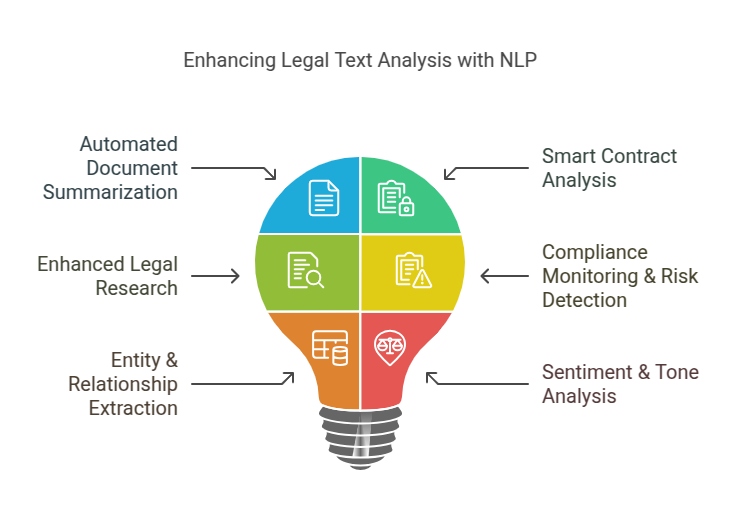
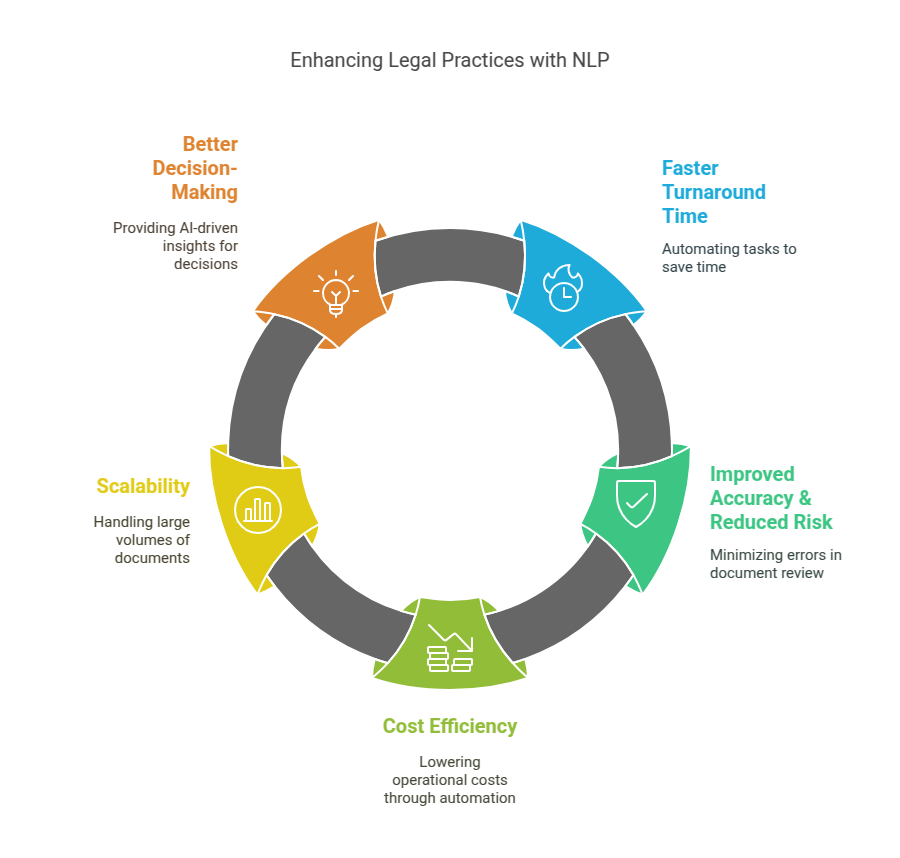

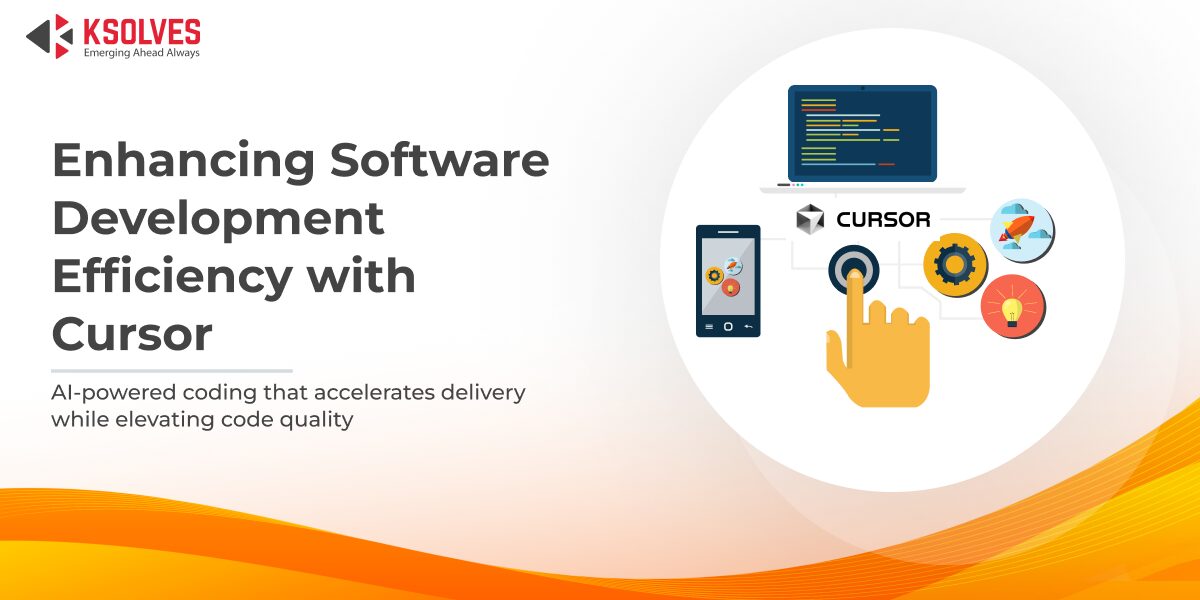
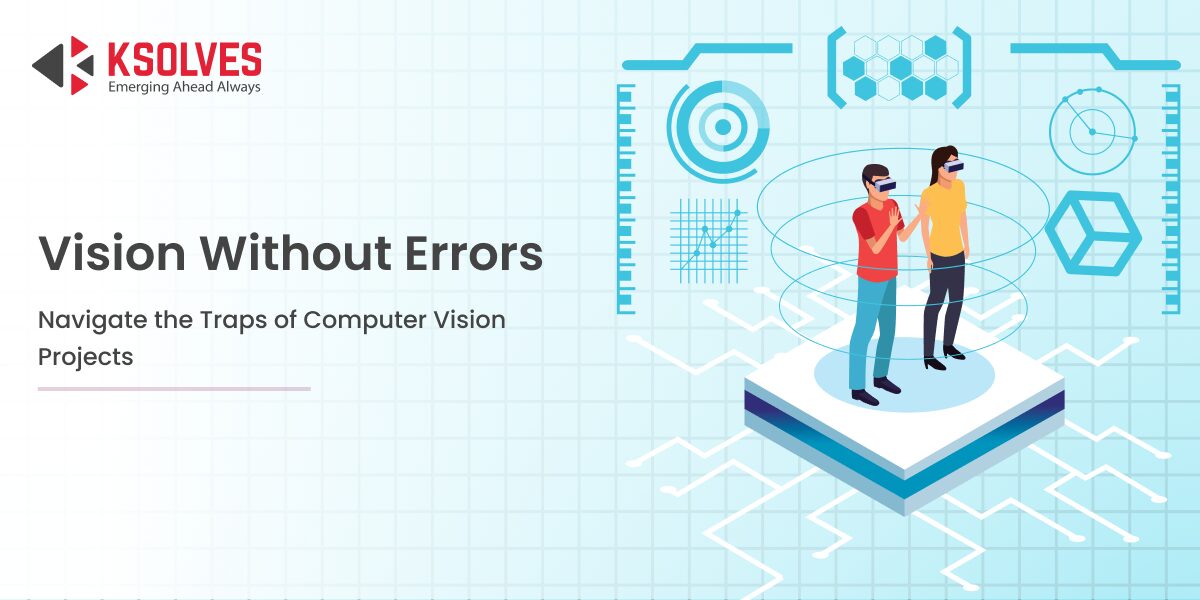




Author
Share with